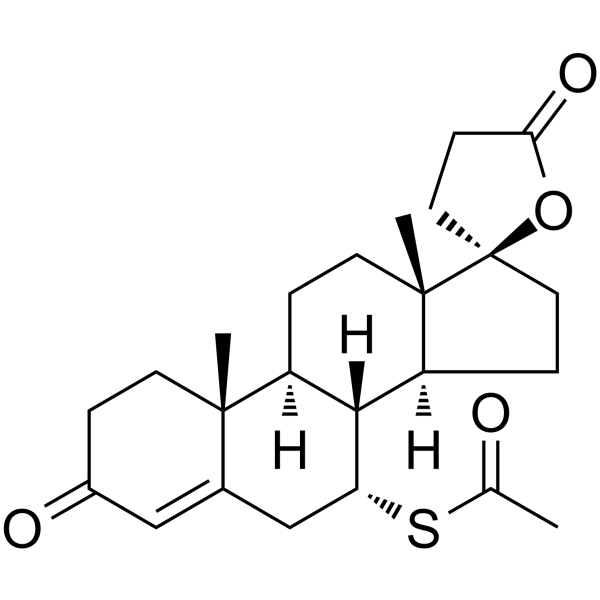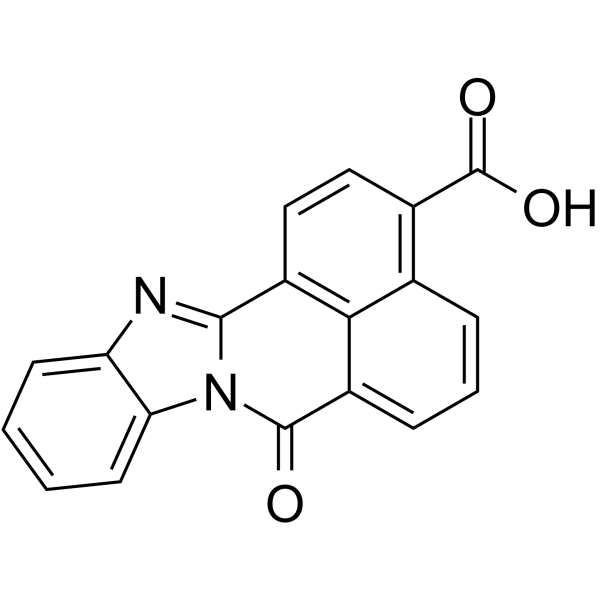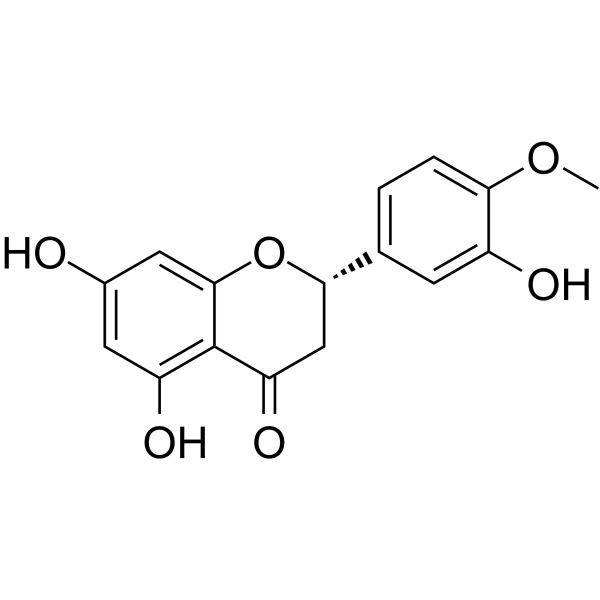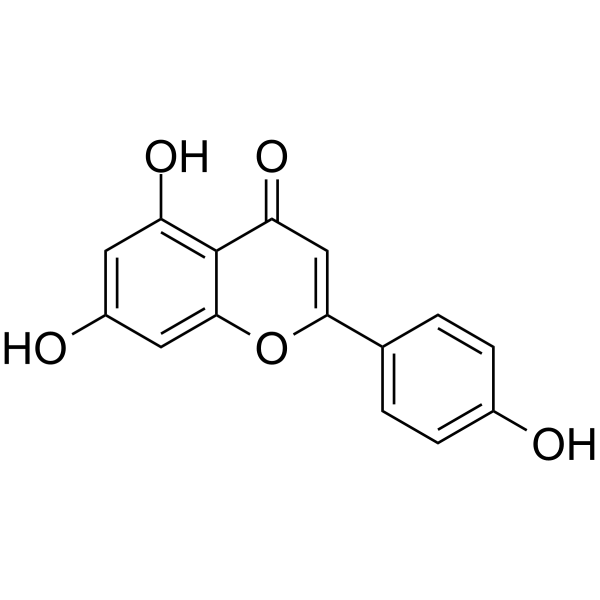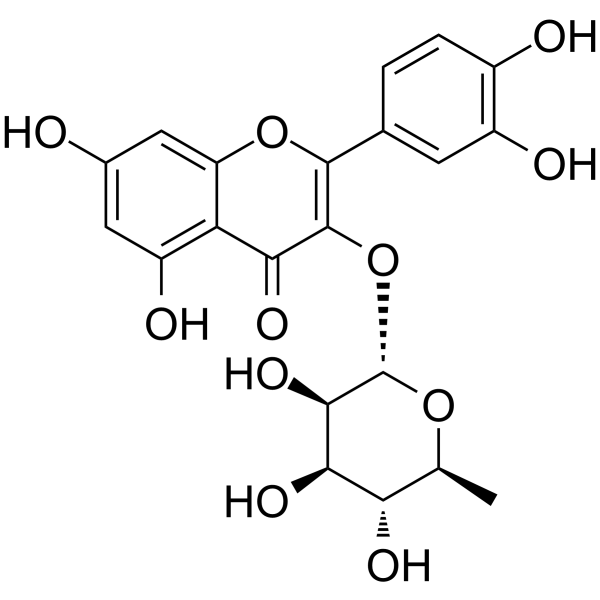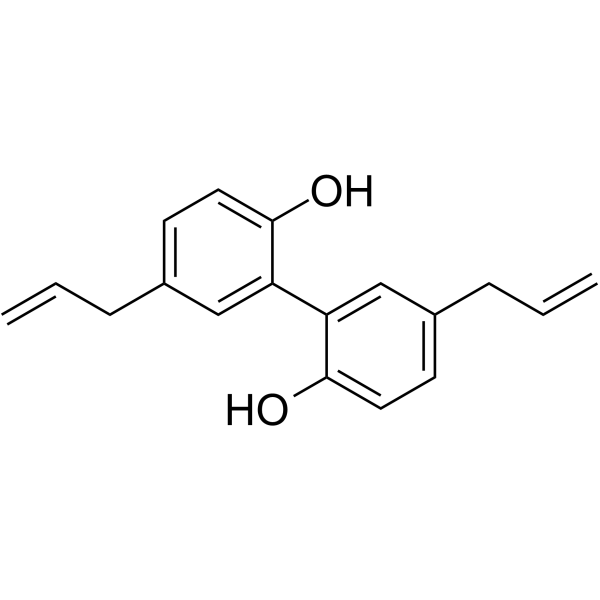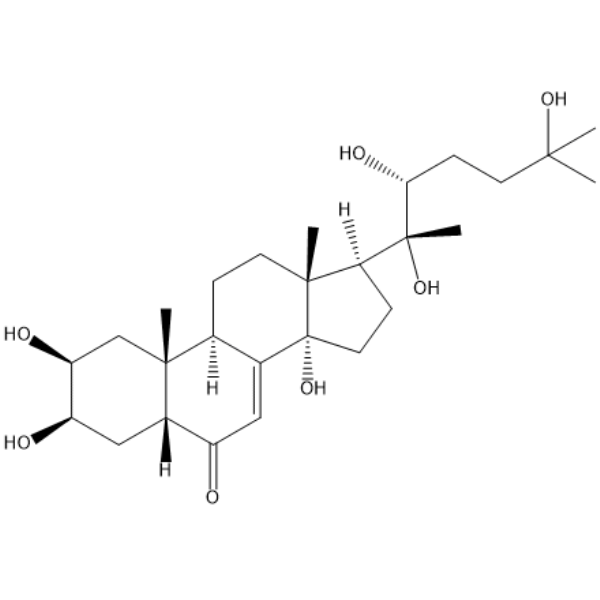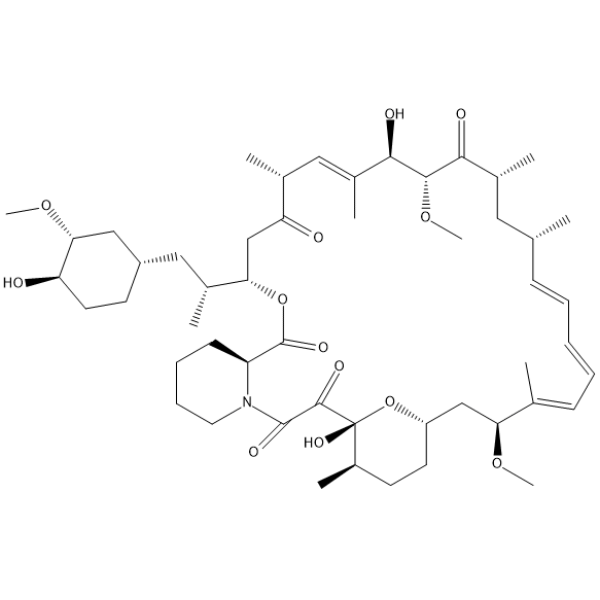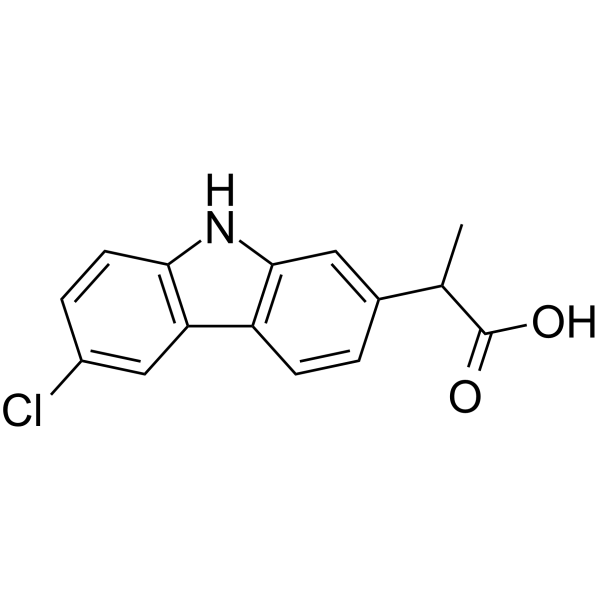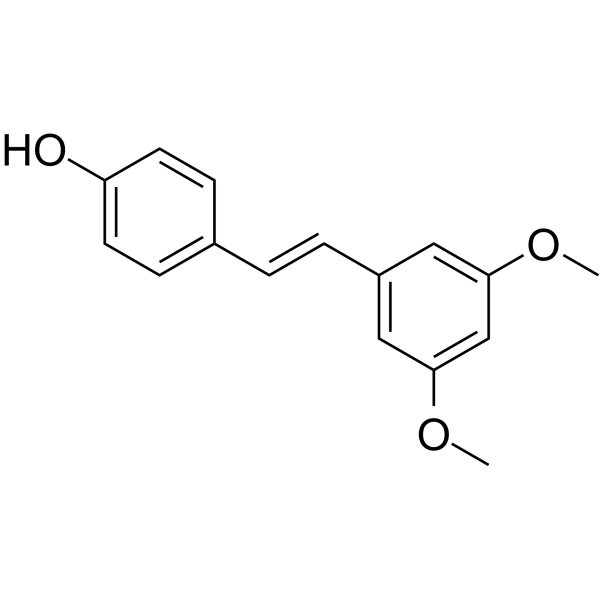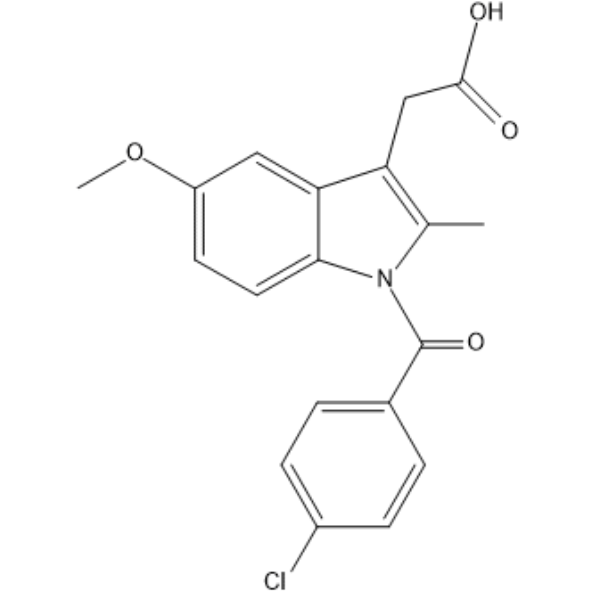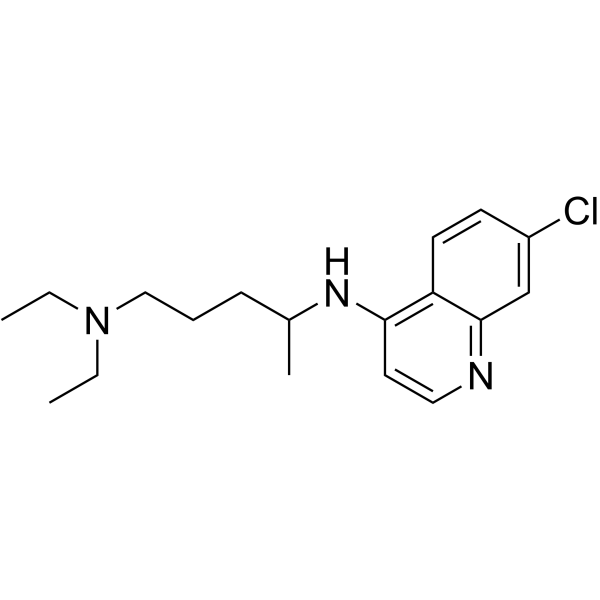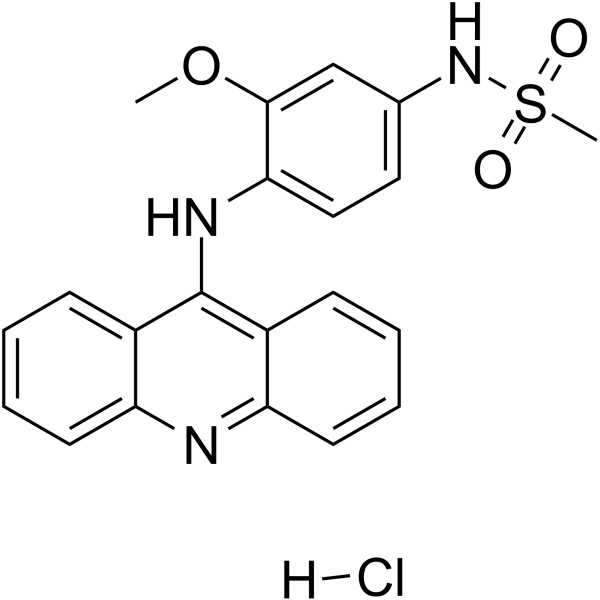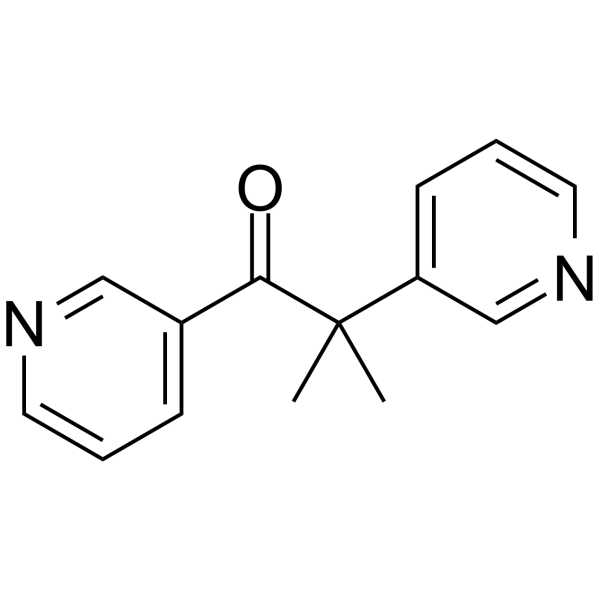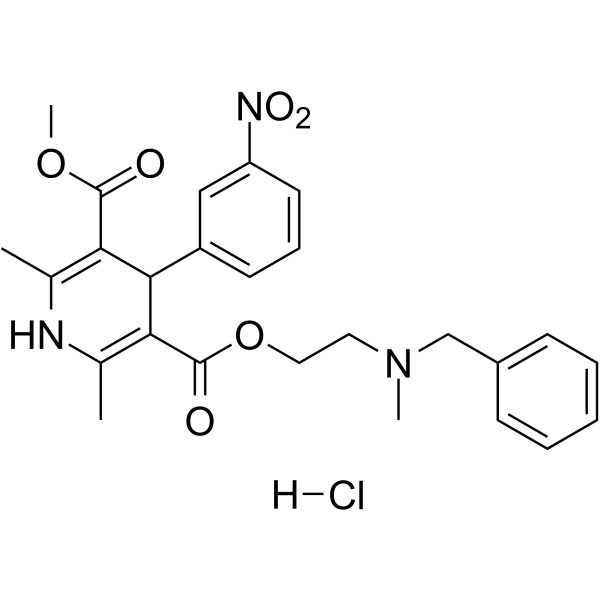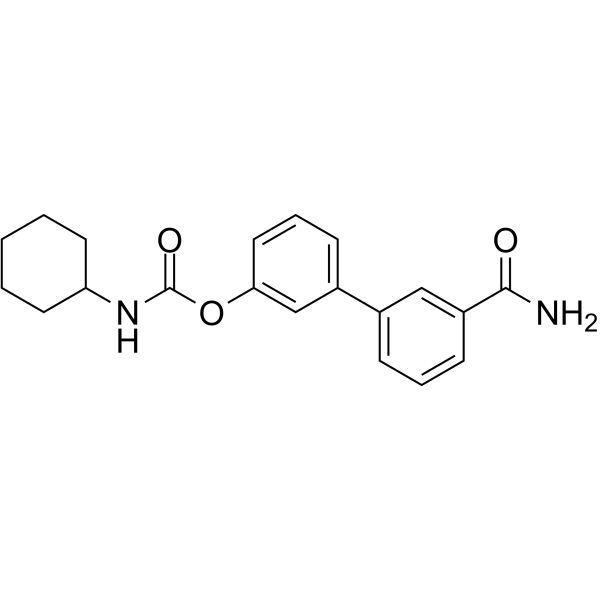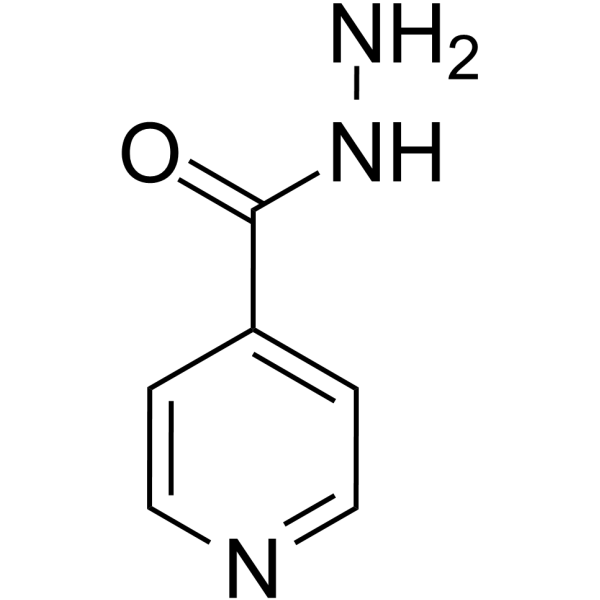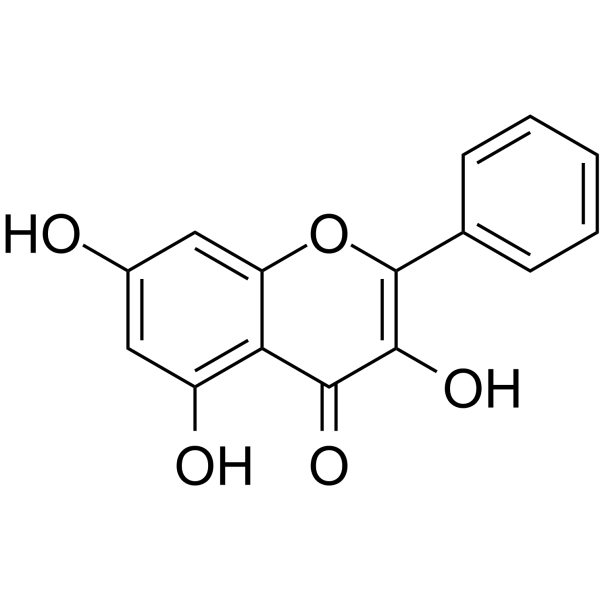|
BP12718
|
Spironolactone
|
|
|
|
|
Spironolactone is an Aldosterone Antagonist. The mechanism of action of spironolactone is as an Aldosterone Antagonist.
|
|
BP12719
|
STO-609
|
|
|
|
|
STO-609 is a specific and cell-permeable inhibitor of the Ca2+/calmodulin-dependent protein kinase kinase (CaM-KK) for recombinant CaM-KKα/KKβ (Ki: 80/15 ng/mL).
|
|
BP12720
|
Hesperetin
|
|
|
|
|
Hesperetin belongs to the flavanone class of flavonoids. Hesperetin, in the form of its glycoside hesperidin, is the predominant flavonoid in lemons and oranges.
|
|
BP12721
|
Apigenin
|
|
|
|
|
Chamomile is an aromatic oil extracted from the flowers or leaves of the daisy-like plants. Extracts, oils and teas made from chamomile are used for its soothing qualities as a sedative, mild analgesic and sleep medication. Chamomile has not been implicated in causing serum enzyme elevations or clinically apparent liver injury.
|
|
BP12722
|
Quercitrin
|
|
|
|
|
Quercitrin is a plant-derived flavonoid compound, displays antioxidant and anti-inflammatory activities. Quercitrin can be found in a number of food items such as garden tomato (var. ), German camomile, endive, and kiwi, which makes quercitrin a potential biomarker for the consumption of these food products.
|
|
BP12723
|
Magnolol
|
|
|
|
|
Magnolol is a dual agonist of RXRα( EC50=10.4 μM) and PPARγ(EC50=17.7 μM). It blocks TNF-α-induced NF-KB activation.
|
|
BP12724
|
Crustecdysone
|
|
|
|
|
20-Hydroxyecdysone is a steroid hormone that regulates the processes of molting or ecdysis in insects.
|
|
BP12725
|
Rapamycin
|
|
|
|
|
Rapamycin, a macrolide compound obtained from Streptomyces hygroscopicus, is a potent and specific mTOR inhibitor (IC50: 0.1 nM in HEK293 cells).
|
|
BP12726
|
Carprofen
|
|
|
|
|
Carprofen is a propionic acid derivate and nonsteroidal anti-inflammatory drug (NSAID) with anti-inflammatory, analgesic, and antipyretic activities.
|
|
BP12727
|
Pterostilbene
|
|
|
|
|
Pterostilbene is extracted from Pterocarpus indicus.
|
|
BP12728
|
Indomethacin
|
|
|
|
|
Indomethacin is a Nonsteroidal Anti-inflammatory Drug. The mechanism of action of indomethacin is as a Cyclooxygenase Inhibitor.
|
|
BP12729
|
Chloroquine
|
|
|
|
|
Chloroquine is an autophagy and toll-like receptors (TLRs) inhibitor. Chloroquine is an antimalarial and anti-inflammatory agent widely used to treat malaria and rheumatoid arthritis. Chloroquine is highly effective in the control of SARS-CoV-2 (COVID-19) infection in vitro with EC50 of 1.13 μM.
|
|
BP12730
|
Sodium salicylate
|
|
|
|
|
Sodium salicylate, a metabolite of acetylsalicylic acid, can inhibit NF-kB and reduce oxidative stress.
|
|
BP12731
|
Amsacrine hydrochloride
|
|
|
|
|
Amsacrine hydrochloride is topoisomerase II inhibitor, is used in the treatment of acute myelogenous leukemia.
|
|
BP12732
|
Metyrapone
|
|
|
|
|
Metyrapone is an inhibitor of the enzyme STEROID 11-BETA-MONOOXYGENASE. It is used as a test of the feedback hypothalamic-pituitary mechanism in the diagnosis of CUSHING SYNDROME.
|
|
BP12733
|
Nicardipine hydrochloride
|
|
|
|
|
Nicardipine Hydrochloride is the hydrochloride salt form of nicardipine, a synthetic derivative of nitrophenyl-pyridine and potent calcium channel blocker, Nicardipine (Nifedipine Family) blocks calcium ions from certain cell walls and inhibits contraction of coronary and peripheral arteries, resulting in lowered oxygen requirements for heart muscle and decreased arterial contraction and spasm. It is used clinically as a cerebral and coronary vasodilator.
|
|
BP12734
|
URB-597
|
|
|
|
|
URB597 is an effective, orally bioavailable FAAH inhibitor (IC50: 4.6 nM), and no effect on other cannabinoid-related targets.
|
|
BP12735
|
20-DEOXYINGENOL
|
|
|
|
|
20-DEOXYINGENOL is a natual product.
|
|
BP12736
|
Isoniazid
|
|
|
|
|
Isoniazid is an antibacterial agent used primarily as a tuberculostatic.
|
|
BP12737
|
Galangin
|
|
|
|
|
Galangin is an agonist/antagonist of the arylhydrocarbon receptor, and also shows inhibition of CYP1A1 activity.
|
